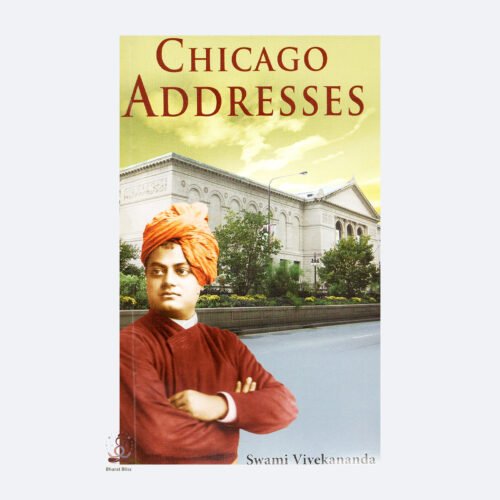Swami Vivekananda's "Chicago Addresses" refer to a series of influential speeches he delivered at the Parliament of the World's Religions in Chicago in 1893. These speeches introduced Hindu philosophy to the Western world and emphasized universal tolerance and acceptanc
📚 Overview of the Chicago Addresses
Swami Vivekananda delivered six notable lectures during the Parliament:
-
Response to Welcome (September 11, 1893): Famous for the opening words "Sisters and Brothers of America," this speech highlighted the universality of religions and India's tradition of tolerance
-
Why We Disagree (September 13, 1893): Used the parable of the frog in the well to illustrate narrow-mindedness and the need for broader perspectives.
-
-
Religion Not the Crying Need of India (September 20, 1893): Criticized the focus on religion over addressing the immediate needs of the impoverished in India.
-
Buddhism: The Fulfillment of Hinduism (September 26, 1893): Discussed the relationship between Buddhism and Hinduism, portraying Buddhism as an extension of Hindu though
-
Address at the Final Session (September 27, 1893): Concluded with a call for religious harmony and mutual respect among different faiths.
📍 Places Associated with Swami Vivekananda in Chicago
Swami Vivekananda's time in Chicago is commemorated at several locations:
-
Dearborn Station (47 West Polk St.): The train station where Swami Vivekananda arrived in Chicago.
-
Hotel Richelieu (318 South Michigan Ave.): Venue for his lecture on Buddhism to the Ladies Fortnightly Club on October 27, 1893
-
Hull House (800 South Halsted St.): A settlement house where he spoke on the economic and social conditions in India between October and December 189








